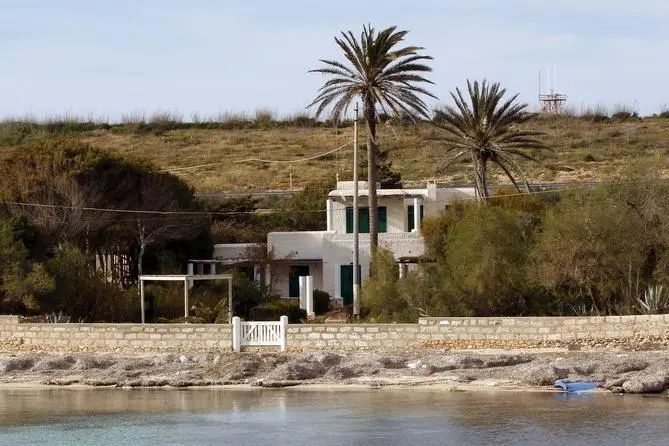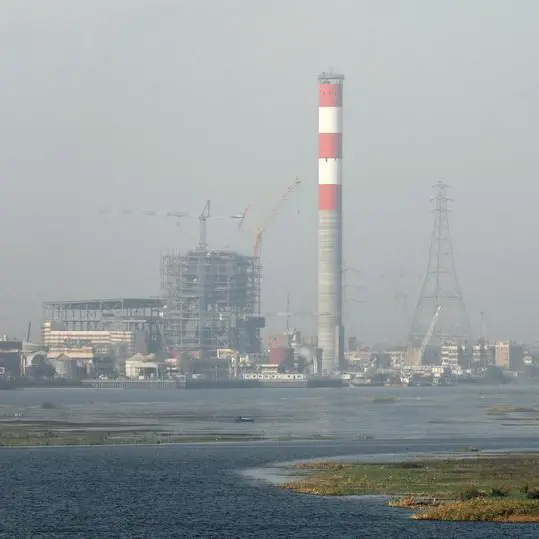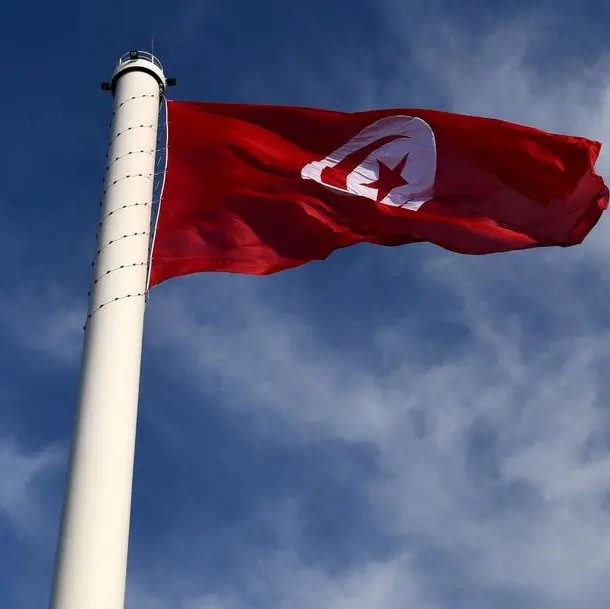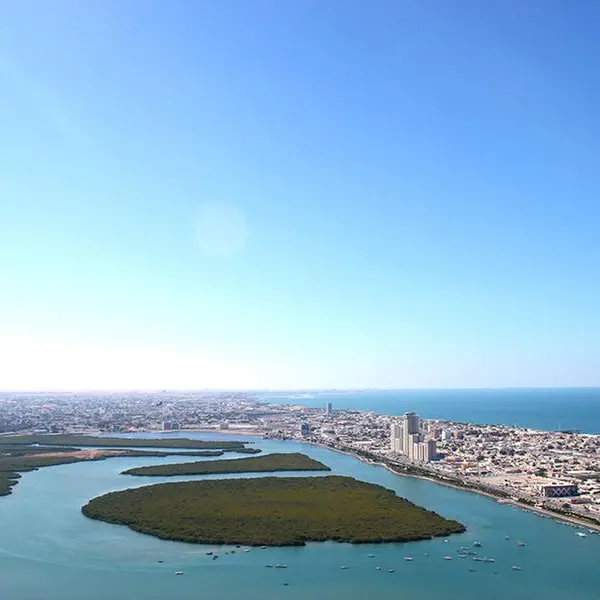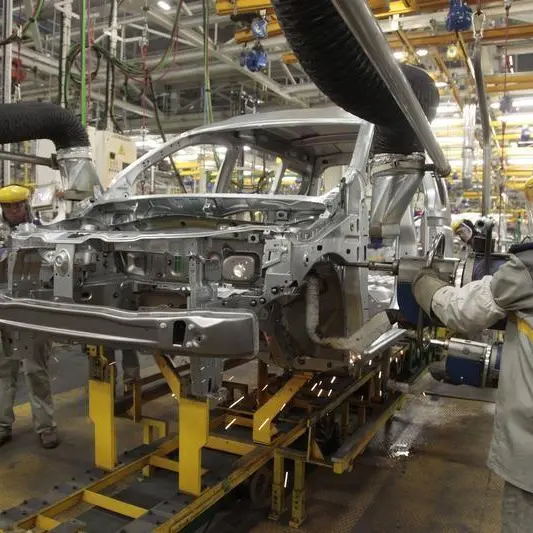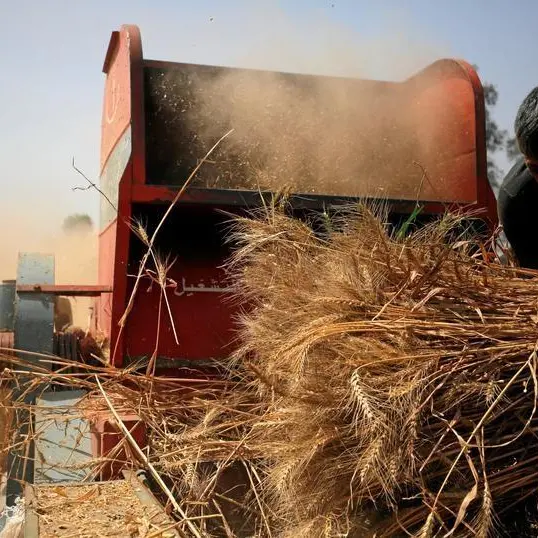PHOTO
Thursday, 10 September 2015
TUNIS, (TAP) - The guidance note of the strategic development plan 2016-2020 predicts an ambitious growth rate of 5% in the next five years, against 1.5% achieved between 2011 and 2015.
Developed by the Ministry of Development, International Co-operation and Investment, the growth pattern for 2016-2020 released Wednesday, was submitted mainly to government coalition parties (Nidaa Tounes, Ennahdha, Afek Tounes and the Free Patriotic Union). It presents an alternative development model that sets the bar very high, targeting more "economic efficiency based on innovation and partnership, social inclusion and sustainable development."
Growth conditioned by boost of investments
The achievement of this ambitious growth rate remains dependent on a set of hypotheses, including particularly the gradual recovery of the economic activity in the first two years of the five-year plan period to achieve the economic boost from 2018.
According to the guidance note, the essential conditions for the recovery of the national economy are "the significant development of the investment effort, bringing the investment rate from 18.5% of GDP in 2015 to 25% by 2020. The overall volume of investments will accordingly reach 125 billion dinars for the entire period."
Public investments including those mobilised by public companies and institutions are called to increase by 50% compared to 2015 to 45 billion dinars. Regarding local private investments, they should rise by 65% to 62 billion dinars. As for FDI, the expected growth is very optimistic of around 80% to 18 billion dinars.
The achievement of a strong growth rate will also depend, according to the Ministry of Development on the effective improvement of the business environment, as well as the progress in the implementation of major reforms, especially those related to the modernisation of the administration, the revision of the procurement system, the promulgation of a new investment code, the pursuit of tax reform as well as the adoption of a proactive policy to boost public-private partnership.
It would be essentially, too, according to the guidance note, to end up with bringing financial balances under control. This will be done by reducing the current deficit to 6.8% of GDP in 2020 from 8.5% in 2015.
Though this level is relatively high, it assumes an exceptional effort to support exports but also a significant increase in imports to support the investment effort.
The expected goal is to reduce inflation to 3.6% at the end of the next five-year period from 5.4% at the end of 2015.
The growth pattern 2016-2020 also foresees a decrease in the unemployment rate to 11% (from 15.2% in the period 2011-2015), the improvement of the per capita income to 12,400 dinars (from 8,283 dinars) and the increase in the savings rate to 17.7% (from 10.5%).
Regarding trade, a positive development is expected both in terms of exports (+6%) and imports (+5.2%), against respective decreases of 0.7% and 0.1% in the period 2011-2015.
Ensuring successful transition from low-cost economy to economic hub
According to the guidance note, Tunisia is called to meet a number of challenges to achieve a 5% growth.
The first challenge involves "the transition from low-cost economy to an economic hub, by seeking to establish a more diversified economic fabric with high jobs content." To do this, the share of sectors with high technological content should increase from 20% of GDP in 2015 to 30% in 2020, besides the development of infrastructure and logistics, the promotion of innovation, the rise in the value added for export sectors from 15% now to 20% in 2020 and the improvement in the rate of productivity by 2% in the next five years."
The second challenge is to ensure human development and social inclusion by improving the quality of the education system to boost employability. There is also the protection of the rights gained by women, improving the health system and living conditions, developing professional relationships and completing the reform of the welfare system.
Thus, the plan predicts the reduction of absolute poverty rate from 4.6% to 2.5 in 2012, the improvement of the Human Development Index (HDI) from 0.721 in 2013 to 0.786 in 2020 and the mobilisation of 20% of GDP for social spending and transfers.
Reducing disparities between regions
The third challenge pertains to realising the "ambitions of regions." It is based on reducing disparities between less developed interior regions and coastal regions, by narrowing margins with an average of 30% on the Regional Development Index.
To do so, effort will be directed to "improving infrastructure, promoting the development of regions and enhancing their attractiveness, developing a regional financing system, improving living conditions of inhabitants and developing decentralising by laying the foundations of local governance."
The fourth challenge relates to the establishment of pillars of a sustainable development which provides for a balanced spatial planning allowing integrating all regions, while respecting the environment. Its implementation depends on the rational use of natural resources, better environment protection and greater control of energy consumption.
The outlines of a revival of the Tunisian economy are now drawn, it remains for the government to have the appropriate mechanisms likely implement the new strategic development plan 2016-2020, especially in a pernicious economic situation.
© Tunis-Afrique Presse 2015
